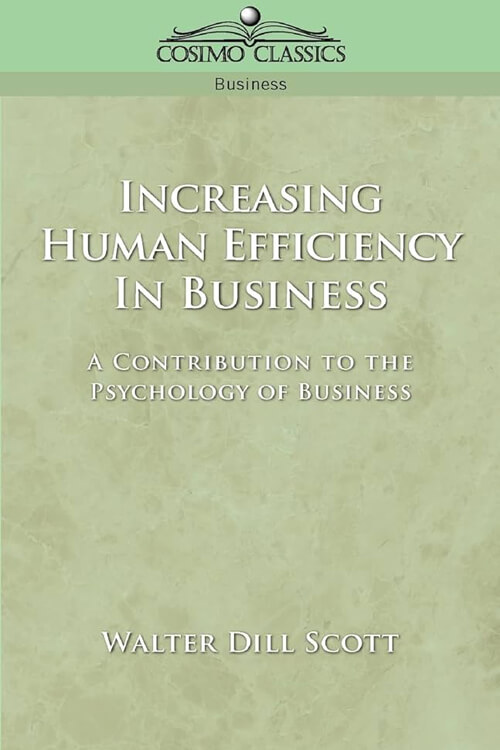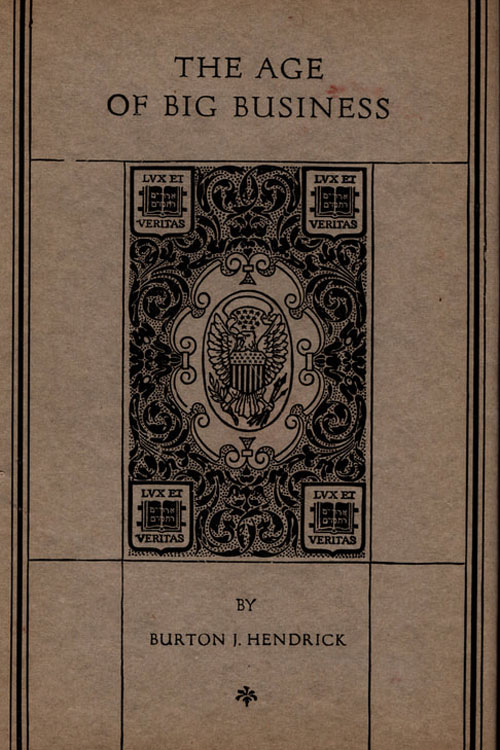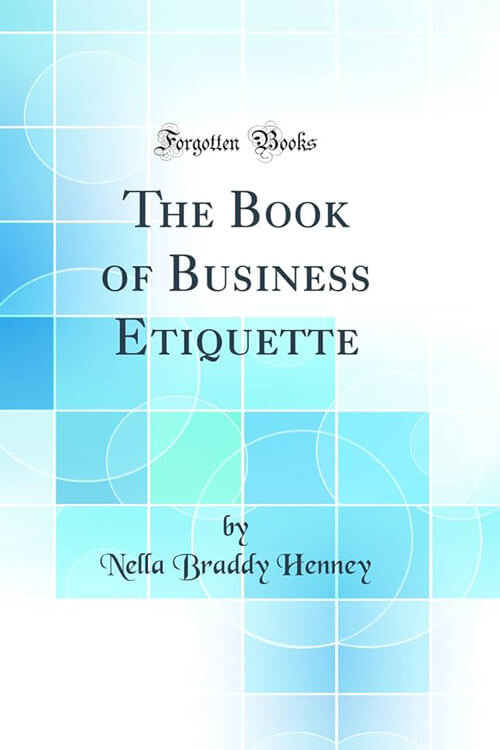
Increasing Human Efficiency in Business
We’ve built machines to become more efficient in business, but humans remain human — and inefficient. But must that always be the case? According to renowned business psychologist Walter Dill Scott, managers can help workers find their “second wind,” the point at which they move past their previous limits and achieve top performance.
Applying psychology to business, Scott wrote, “When a man is doing what he believes to be his best, he is still able to do better; when he is completely exhausted, he is, under proper stimulus, able to continue.” In Increasing Human Efficiency in Business, Scott explores how to create motivation for success. He looks at factors such as imitation, competition, loyalty, concentration, wages, pleasure, “the love of the game,” relaxation, and habit formation.
Read or download Book
Walter Dill Scott
Walter Dill Scott (May 1, 1869 – September 24, 1955) was an American psychologist and academic administrator who was one of the first applied psychologists and the 10th president of Northwestern University.
Biography
He applied psychology to various business practices, such as personnel selection and advertising. The nature of applied psychology was too demanding for Walter Dill Scott to continue his research on human behaviour, which led to his focus on establishing his theories. Scott developed laws of suggestibility as a critical mechanism of advertising. He argued that consumers don’t act rationally and, therefore, can be easily influenced. According to Scott, consumer suggestibility was based on emotion, sympathy, and sentimentality. He believed that advertising was primarily a persuasive tool rather than an informational device and that advertising had its effect on consumers in a nearly hypnotic manner.
People were thought to be highly susceptible to suggestion as long as it was available to them under various conditions. Using his three parts of suggestibility, Scott advised companies to take on the “direct command” approach for advertising to consumers by using phrases such as “Use Apple Computers.” Scott also recommended that companies use return coupons because they require consumers to act directly. A 1903 article published in The New York Times suggested that Walter Dill Scott also advocated using illustrations in advertisements. Illustrations attract the reader’s attention and must be self-explanatory and relevant. This would then allow the reader to study the explanatory text of the ad. Scott said companies should also consider the circulation used and the tone the advertisement portrays to the audience.
According to Scott, advertisements are utilized most effectively when large numbers of the right kind of people see them in a publication, which adds confidence and recommends them favourably to prospective customers. Successful writers of advertisements had to possess technical knowledge, a creative imagination, and the ability to give precise descriptions of things. This proved to be the most successful and effective advertising strategy at the time; Scott’s techniques were used widely nationwide by 1910. The concept of suggestibility eventually was phased out among scientific psychologists; however, the notion that underlying human behaviour influences consumer decisions is still preserved. The AIDA contemporary marketing model has roots in Scott’s writings, which describe what usually occurs when a consumer engages with an advertisement. In 1913, Scott proposed another technique of advertising that consisted of three stages: attention, comprehension, and understanding.
According to this model, advertisements (or promotions) have three phases. They must first garner consumers’ attention and help them develop beliefs about the product or service. Second, advertising should create interest or positive feelings about the service or product. Third, advertising or promotions should instil in consumers a desire for the product or service. Finally, consumers must be convinced and need to take action, that is, buy the product. Scott wanted to make the marketplace and workplace more efficient by rationalising consumer and worker activities, especially by appealing to the self-interest of shoppers and labourers. Walter Dill Scott’s role in Applied psychology eventually led him to be considered one of the founders of Industrial/Organizational Psychology, which applies psychological theories and principles to organizations.






